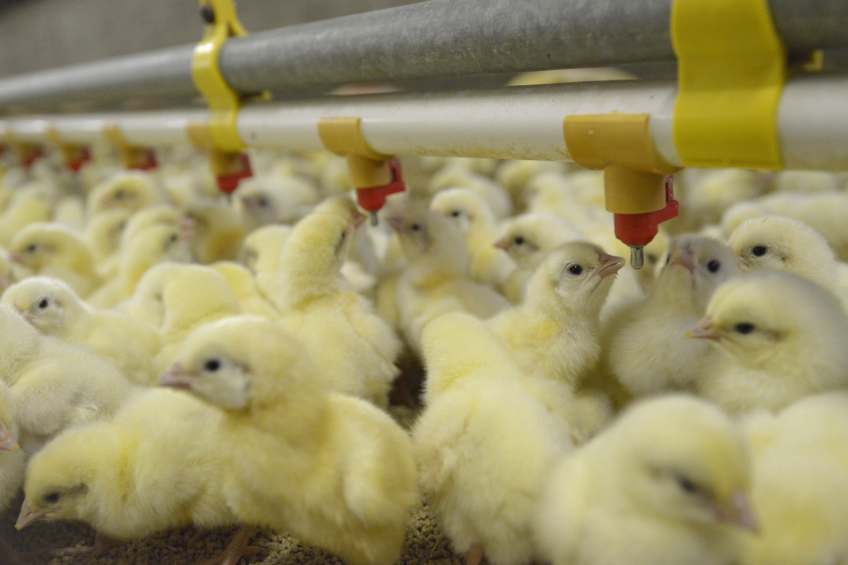Update on non-antibiotic era in EU

Antibiotic use in livestock or should we say non-antibiotic use in livestock remains a hot topic within the EU and internationally. The story so far.
The overuse of antibiotics has created resistant strains of several bacteria. The World Health Organisation (WHO) is concerned with Antibiotic Resistant Genes (ARG). The main goal of WHO is to reduce the consumption of antibiotics without therapeutic prescription and also to improve the monitoring of antibiotic resistance.
2006: EU bans antibiotics as growth promoters
The European Union banned the use of antibiotic growth promoters (AGP) in 2006. Avilamycin, Avoparcin, Bacitracin, Flavomycin, Spiramycin, Tylosin and Virginiamycin are no longer in use for animal feeding in Europe as feed additives. The ban of AGP’s led to a reduction in antibiotic consumption. No important consequences on the therapeutic use of antibiotics per animal have been detected in northern European countries except for piglets. However, it is also known that the consumption of medicated feed, especially in piglets, is important. An important task has begun in order to find new substances or combinations of them to function as alternatives to AGP in practice, even before the ban of AGP. However, according to several revisions, none of the non-antibiotic AGP alternatives has shown to be fully satisfactory replaces as AGPs.
Search for alternatives to growth promoters
Although the research should focus on discovering alternatives to growth promoters, it must be considered today that “all farms animals will experience some level of stress during their lives”. This means that animals will be under stressors which may influence the animal welfare conditions. Therefore, the potential benefits provided by substances such as enzymes, direct feed microbials (probiotics) and prebiotics in animal feeding must be considered in order to promote a new model of poultry production based on improved zootechnical performance and better animal welfare conditions. The main objective of potential immunomodulatory additives should be the reduction of intestinal inflammation, which may be responsible for decreased production performance.














